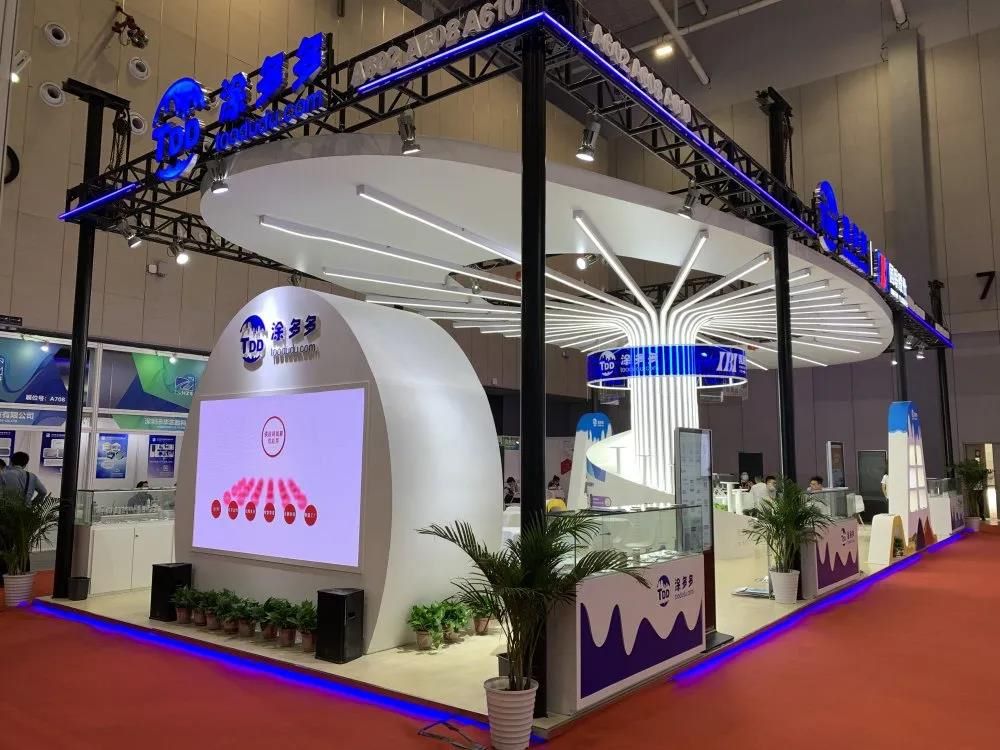The green awakening of the tire industry: from all-steel to carbon-free, a material revolution!
01 Current tire materials
Take all-steel tires as an example. Tires are mainly composed of raw materials such as rubber, carbon black, additives, and steel cords. The weight of rubber accounts for 49%, followed by carbon black, steel cords, etc. The cost of carbon black accounts for about 15%. Carbon black accounts for a large proportion of tires, and its cost will also affect the changes in tire prices.

02 Why is there carbon black?
Since the British Mott discovered the reinforcing effect of carbon black on rubber in 1912, carbon black has gradually become an indispensable raw material for tire manufacturing. So why do tires use carbon black? Because adding carbon black makes tires more durable. Especially when vehicles are driving on harsh road conditions such as curbs and gravel roads, if they encounter rain, snow, and sun exposure, the aging speed of tires will increase linearly. After adding an appropriate amount of carbon black to the tire, when carbon black and rubber products are combined, the two can form an infinite mesh cross structure, which can greatly increase the strength, hardness, tear resistance, wear resistance and other properties, making the tire very durable and greatly extending the service life of the tire. It can be said that the wide application of carbon black in tires is also an important boost for cars to become mass consumer goods.
03 The "black history" of carbon black
However, carbon black also brings a lot of harm, especially the pollution to the environment. With the deteriorating ecology today, it is urgent to find renewable and sustainable green alternative new materials. Since carbon black absorbs ultraviolet rays and other harmful elements, it will reduce the anti-ultraviolet and weather resistance of the tire, resulting in deformation and aging of the tire. Most importantly, in the process of preparing carbon black, a large amount of solid waste and harmful substances such as carbon dioxide will be generated, causing great damage to the environment. Moreover, during the use of tires, gas and particulate matter will be released from the surface of the tire, which will also pollute the surrounding air and water sources.
04 Good tires, no carbonization
As the main raw material of tires, carbon black plays a vital role in helping tire manufacturers achieve the goal of "carbon neutrality". Previously, at the 11th Global Tire Technology Forum, participants discussed ways to reduce carbon emissions from tire carbon black, including the use of organic biomass, renewable resources, various renewable resources, recycling resources, optimization of production processes, and the entire life cycle product industry chain of carbon black. Therefore, when tires will become carbon-free is a topic of continuous concern for the entire industry.
The State Administration for Market Regulation has also recently set stricter limit levels for the unit product energy consumption of tires and carbon black, and issued a national standard GB29449-2024 "Tire and Carbon Black Unit Product Energy Consumption Limit". After the implementation of the new standard, the energy consumption value of carbon black per unit product is expected to be reduced by more than 80%, and the carbon emissions of carbon black in tire manufacturing energy consumption can be seen.
Nowadays, many bottleneck problems that are difficult to solve in the world lie in the breakthrough of new materials. Like the environmentally friendly green materials developed above, lignin is a by-product of the pulping process of the papermaking industry. As a bio-based material, it provides a sustainable alternative to reinforcing filler carbon black in tires and rubber products.
This renewable lignin raw material can not only reduce the demand for fossil materials and reduce carbon emissions in tire manufacturing, but if it enters the global tire market in the future, it will help the sustainable transformation of the entire transportation sector and even a wider field. The energy consumption of tire manufacturing will be reduced by more than 100 billion points. Since 2017, Pirelli has been using lignin as a filler in its bicycle tires, especially in its SmartGrip rubber compound.
05 Summary
Just as John Dunlop made a hollow rubber tire by adding air to the tire in 1888, the pneumatic tire he invented made a great contribution to the development of the world's automobile industry and was a great invention in the history of world tires. Now Michelin has taken the air out of the tire and invented the UPTIS airless tire, which greatly reduced the original material waste and was also a major invention that took a big step towards the goal of 100% sustainable development of products.
The same history repeats itself again. In 1912, carbon black was added to tires, which ushered in a period of rapid development for the world's automobile industry. Today, the concept tire that removes carbon black from tires is also a major invention that conforms to the realization of environmentally friendly new material substitution and green sustainable development.









